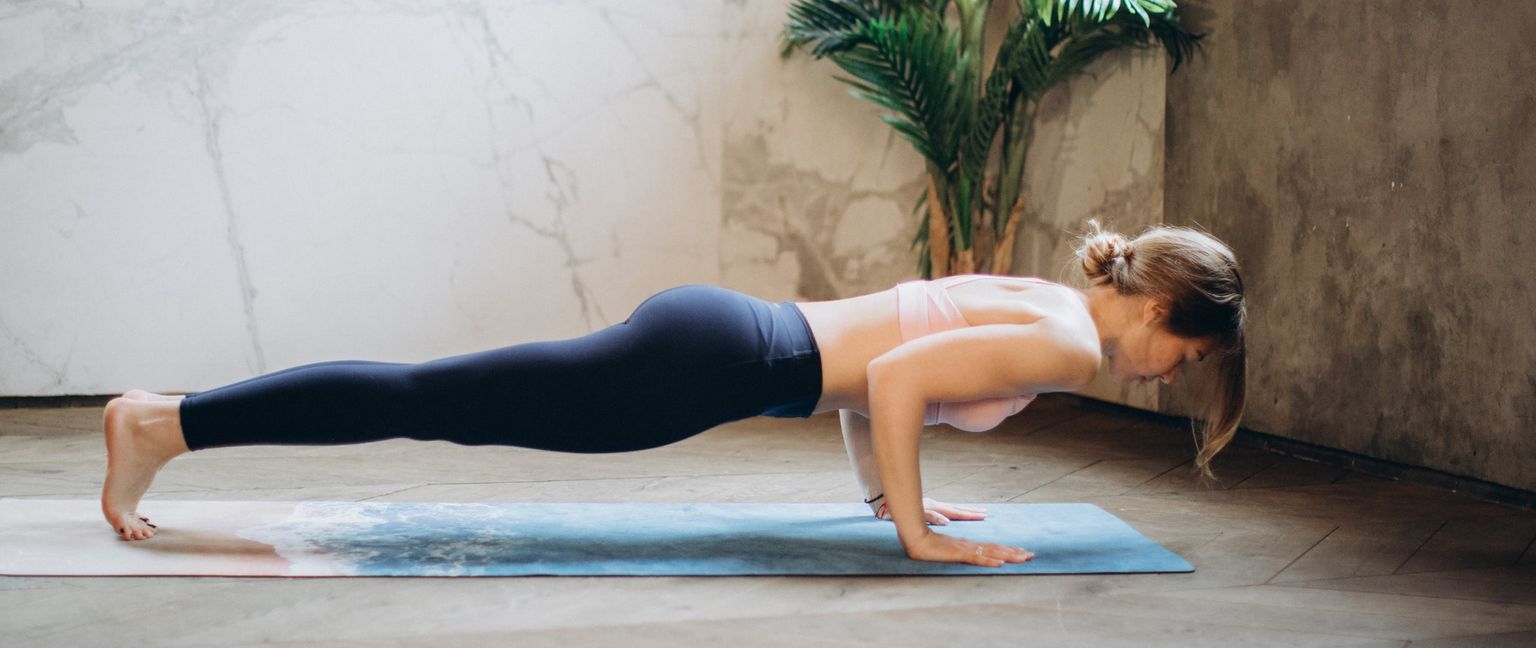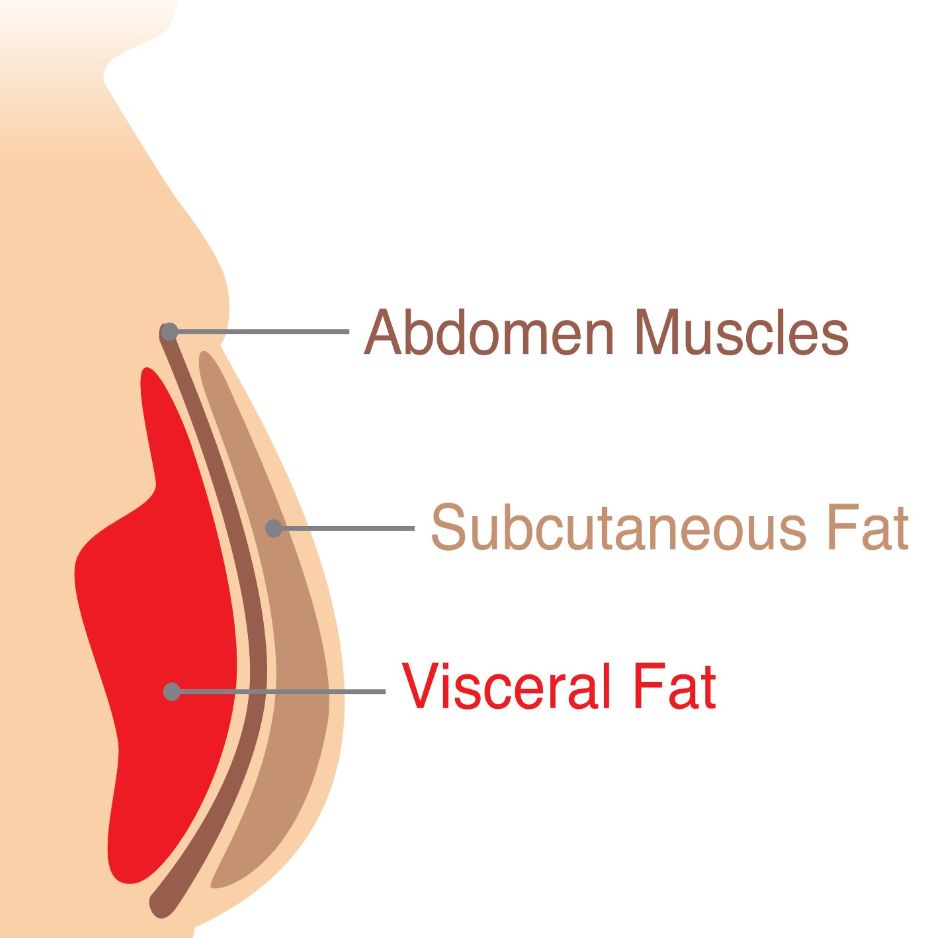The Incredible Benefits of Planks

The Incredible Benefits of Planks
Planks have become one of the most popular exercises in recent years, and for good reason. This simple yet highly effective exercise has a multitude of benefits that can improve both your physical and mental well-being. Whether you're a seasoned fitness enthusiast or just starting your health journey, incorporating planks into your routine can yield incredible results.
Get weekly updates.
Understanding the Basics of Planks
Before we dive into the benefits, let's first explore what exactly a plank is. In its simplest form, a plank is a static exercise that targets multiple muscle groups. It involves holding a position that resembles the top of a push-up, with your body in a straight line from your head to your heels. Planks primarily engage your core muscles but also work your arms, shoulders, back, and legs.
Now, let's delve deeper into the mechanics of a plank. When you perform a plank, you activate your deep core muscles, including the transverse abdominis, rectus abdominis, and obliques. These muscles play a crucial role in stabilizing your spine and pelvis, helping you maintain proper posture and preventing lower back pain.
Additionally, planks engage your shoulder muscles, such as the deltoids and trapezius, as they work to stabilize your upper body. Your arms, particularly the triceps, also come into play as they support your weight. Meanwhile, your leg muscles, including the quadriceps, hamstrings, and calves, contract to maintain the alignment of your body.
What is a Plank?
A plank is a full-body exercise that requires no equipment and can be done virtually anywhere. By engaging your core muscles and maintaining proper form, you create tension throughout your body, challenging both your strength and stability.
When performing a plank, it's important to maintain a neutral spine, avoiding any sagging or arching. This ensures that the load is evenly distributed across your muscles and joints, minimizing the risk of injury. Proper alignment also maximizes the effectiveness of the exercise, allowing you to reap the full benefits.
Different Types of Planks
While the basic plank is an effective exercise on its own, some variations can target specific muscle groups or add an extra challenge to your routine. Side planks, for example, primarily engage the obliques, helping to strengthen your lateral core muscles. By lifting one arm or leg while in a side plank position, you can further intensify the exercise.
Forearm planks, on the other hand, shift the focus to your forearms and shoulders. By resting on your forearms instead of your hands, you challenge your upper body differently, increasing the activation of your shoulder muscles.
If you're looking to add some cardio to your plank routine, plank jacks are a great option. This dynamic variation involves jumping your legs wide apart and then back together while maintaining a plank position. Plank jacks not only target your core but also elevate your heart rate, providing a cardiovascular challenge.
These are just a few examples of how you can modify the plank exercise to suit your fitness level and goals. Whether you're a beginner or an advanced athlete, there's a plank variation that can help you progress and continue challenging your body.
The Physical Benefits of Planking
One of the primary benefits of planking is its ability to strengthen your core muscles, which are essential for stability and everyday movements. However, the advantages go beyond a sculpted midsection. Let's explore some of the physical benefits that planking can deliver.
Core Strength and Stability
Planks are renowned for their ability to strengthen your core muscles, including your abdominals, obliques, and lower back. By consistently practicing planks, you'll notice improved core stability, which can enhance posture, reduce back pain, and provide a solid foundation for other exercises.
Improved Posture and Balance
Regularly incorporating planks into your routine can contribute to better posture and balance. As your core muscles strengthen, they provide support for your spine, enabling you to maintain upright posture effortlessly. Improved balance is an added bonus, as the stability gained from planking can translate into better coordination and reduced risk of falls or injuries.
Enhanced Athletic Performance
Planks are not just for fitness enthusiasts; they can benefit athletes of all levels. The core strength and stability developed through planking can enhance athletic performance in various sports, such as running, swimming, and weightlifting. By improving your core, you'll generate more power and efficiency in your movements, leading to improved overall performance.
The Mental Benefits of Planking
While the physical benefits of planking are significant, it's essential not to overlook the positive impact it can have on your mental well-being. Engaging in regular planking can contribute to reduced stress, improved mood, and increased mental clarity.
Stress Reduction and Mood Enhancement
Exercise, in general, is an effective stress reliever. Planking, with its full-body engagement and focus on proper breathing, can be particularly beneficial for reducing stress and promoting relaxation. Additionally, physical activity releases endorphins, which are natural mood enhancers that can leave you feeling happier and more content.
Boosted Focus and Concentration
Engaging in regular planking can also improve your ability to concentrate and stay focused. By challenging your body and mind to maintain proper form for an extended period, you'll develop mental resilience and discipline. This enhanced focus can carry over into other areas of your life, allowing you to tackle tasks with greater efficiency and clarity.
Incorporating Planks into Your Routine
Now that you understand the incredible benefits of planks, you're probably eager to start incorporating them into your fitness routine. Here are some key considerations to maximize the effectiveness of your planking practice.
Ideal Planking Duration and Frequency
When it comes to planking, quality triumphs over quantity. It's better to maintain proper form for a shorter period than to hold a plank incorrectly for an extended duration. Aim for holding a plank for around 30 seconds to a minute, gradually increasing your time as your strength improves. Incorporate planks into your routine two to three times a week to allow your muscles time to recover and grow stronger.
Proper Planking Form and Technique
Form and technique are crucial when it comes to planking effectively and avoiding injury. Begin by aligning your body in a straight line, engaging your core and glutes while keeping your head in a neutral position. Focus on your breathing, inhaling deeply through your nose and exhaling through your mouth. It can also be helpful to imagine pulling your belly button towards your spine, further engaging your core muscles.
Common Planking Mistakes to Avoid
While planking is a relatively straightforward exercise, there are a few common mistakes that people often make. Being aware of these pitfalls will help you make the most out of your planking sessions and prevent unnecessary strain or injury.
Incorrect Body Alignment
One of the most common mistakes in planking is having incorrect body alignment. This can include sagging hips, lifted hips, or a dropped head. To ensure proper alignment, imagine creating a straight line from your head to your heels. Engage your core and glutes to maintain stability throughout the exercise.
Holding Your Breath During Planks
Another common mistake is holding your breath while planking. Holding your breath can cause unnecessary tension in your body and hinder proper engagement of your core muscles. Focus on maintaining a steady breathing pattern, inhaling deeply through your nose and exhaling through your mouth.
By avoiding these common mistakes and focusing on proper form and technique, you'll maximize the benefits of planking while minimizing the risk of injury or discomfort.
So, whether you're looking to strengthen your core, improve your posture, or enhance your overall well-being, planks are an exercise worth incorporating into your routine. Start with the basics, gradually progress, and enjoy the incredible benefits that planking can bring to your mind and body.
Don't forget to track your progress with BodySpec's affordable DEXA scans, which provide detailed insights into your body fat percentage, muscle mass, and bone health. With accurate and reliable measurements, you can monitor your body composition changes over time and make informed decisions about your fitness and health goals.


